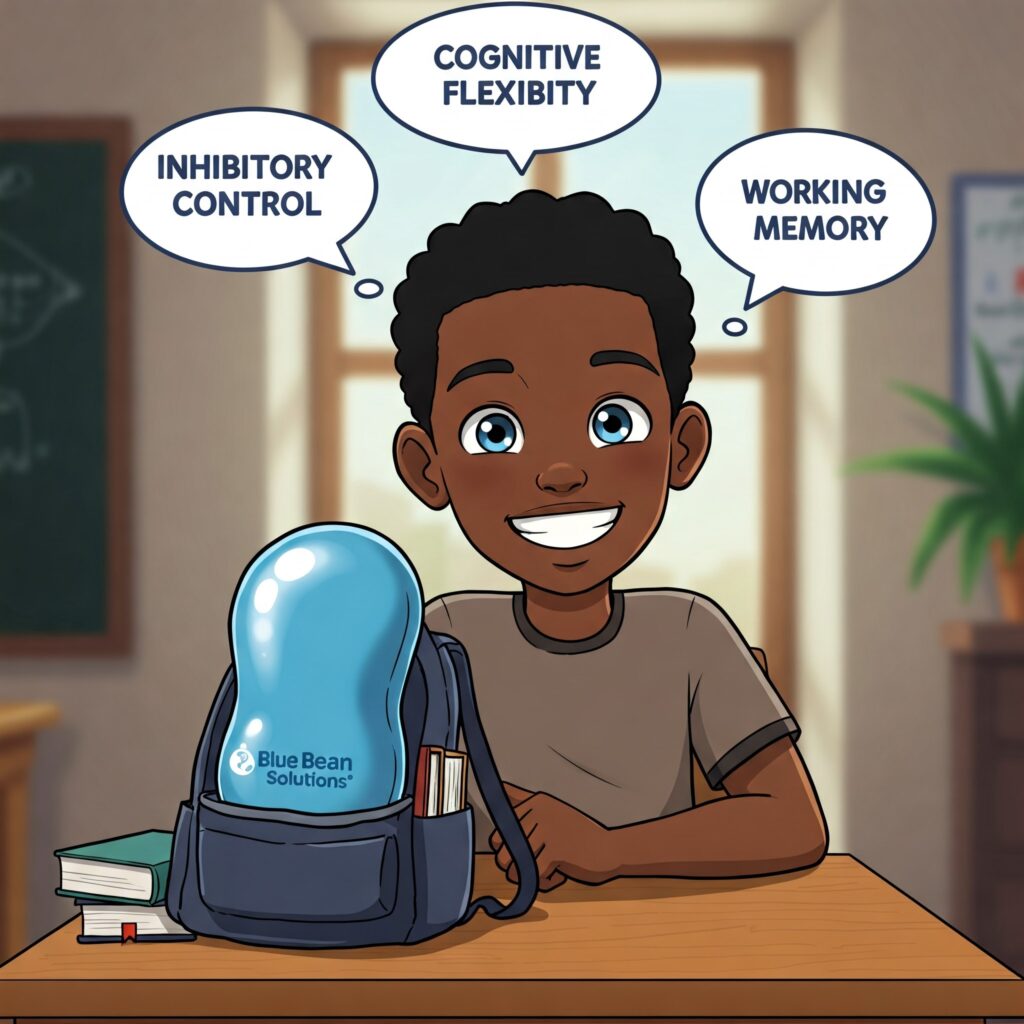
Step 1: Getting Your Head in the Game
This is the simplest step but the most difficult one. I will use strategies to get your student to see their life from the outside. Taking a look from the outside helps the student to make an assessment of where he/she is right now. Then the student can evaluate their current position by asking questions like:
“Okay, so this is where I am right now. Where do I want to be?”
Making this decision on their own, the student will own where they want to be and not be told “This is where you have failed, and this is where WE want you to be”.
Ownership of the process is crucial and non-negotiable. This may take a while to achieve, or it may happen very quickly, but it must happen before we can move forward.

Step 2: Building a Roadmap
The next step is deciding HOW to get from where the student is right now, to where the student has decided he/she wants to be.
Someone who struggles with executive functioning will likely have trouble starting a task or bringing it to completion. They may also struggle to put multiple steps in place in the execution of an activity. This could result in struggling to make decisions. This is where we need to work together to create strategies to achieve the goals.
We are well on our way when we have achievable goals that are owned by the student and have some realistic strategies in place to achieve the goals.
Step 3: Active Management and Practice
The third step is more extensive than the first two because it is the actual management of the executive functioning through very specific strategies.
Some of the things we may be working on at this stage could include:
- Remembering information
- Keeping paper and digital documents organized
- Keeping motivated
- Positive confessions of their ability
- Finding ways to stop shouting out in class
- Filtering what is in your mind so that you do not say whatever comes to mind
- Trying to listen attentively in class and not ‘zone out into La La land’
- Breaking up instructions into easy-to-understand chunks
- Finding ways to mitigate the distraction offered by tech such as a phone, iPad, or computer
- Figuring out exciting rewards which motivate sticking to the plan
- Avoiding isolating behaviors and staying communicative with parents, teachers, and perhaps peers
Ultimately, each of the three steps will need to be revisited repeatedly, but most time will be spent in the third stage. The third stage can only be accomplished when the first two steps are constantly clear and defined.
Long-Term Commitment
Executive Functioning Coaching is a long-term project and takes time. There is no one strategy that will work for everyone, so I will need to work with each student individually to get a strategy that will work for them. There are universal guidelines of good practice, but it is not a quick fix.
Students who commit to this process and whose parents agree that it will take time, are most likely to succeed. There are a lot of old habits that will die hard, and new habits take a while to grow roots. The process relies so much on the investment of the student and the parents. Executive Functioning Coaching, as with all coaching, requires the student to “practice these things at home” and does not begin and end in the coaching session.
The Role of the Parent
The role of the parent is also vital. As a minimum, being committed to the coaching process, but also helping to manage phone usage, speaking positively about progress, and affirming the small wins.
A crucial area where parents often need to dial back is micromanaging their student’s school life. This may mean not trying to constantly contact the school but putting the ball in the student’s court and getting them to advocate for themselves.
If a student has a parent that is constantly making excuses for the child and blaming the school or the teacher, the student will adopt the same attitude and not own the change that they need to make in order to move forward.
